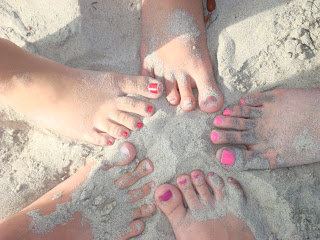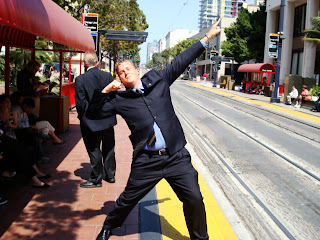
On 27 August, Moldova is celebrating 16 years of independence. On June 23 1990, during the disintegration of USSR, Moldova proclaimed its sovereignty and later, on the 27th of August 1991, the independency of the State. On 2 March 1992, Moldova has become a member of the United Nations, being recognized by 180 States of the world. Currently Moldova maintains commercial relations with more than 150 states It is an important event, of which the scale and scope of this celebration is proof. The President of Moldova, together with other high-level officials, are inaugurating new streets, cutting ribbons for new constructions and sites, and making public speeches. At the opening of the events dedicated to the Republic Day, flowers will be laid at the Monument of Stefan cel Mare.

A similar ceremony is planned at the monument of the “Aggrieved Mother” within Eternity Memorial. The concert, which is traditionally organized in the National Square, will start at 10.00. The concert will bring together young singers, dancers, sportsmen etc. In addition, the programme includes the Awards Ceremony of the National Festival of young singers “Moldova – My Motherland.” The National Academic Ensemble “Joc” will present a musical-choreographic concert. The president of Moldova will deliver a congratulation speech. In addition, concerts, exhibitions, sports competition, and other events will take place in the districts of Chisinau. The programme of the events dedicated to the 16th anniversary of Moldova’s independence started on Thursday, August 23 with a ceremony in the memory of the soldiers who died in the Second World War, at Serpeni Memorial. A similar ceremonial took place at “Eternitate” Memorial on August 24.

The national rally “Independence Cup – 2007” will be organized on August 25 and 26. The state exists today, 16 years after it has gained independence, while the basic principles declared on August 27, 1991 have been generally fulfilled, but it is clear that the bases of our state must be strengthened in continuation. The territorial integrity is the only issue that we did not resolve so far. While Moldova marks its independence from the Soviet Union 16 years ago, a breakaway region in the east of the country seems likely to overshadow the official celebrations with its own.
The self-proclaimed Transdniestria region, on the east bank of the Dniester River, has been outside central control from the very beginning of Moldova's life as an independent state. Originally part of Soviet Ukraine, the east bank was joined with regions of Romania ceded under the 1939 Nazi-Soviet pact to form a new Moldavian Soviet republic. Transdniestria declared its own "independence" from Moldavia on 2 September 1990, when its Slav population feared that west bank politicians were planning to join the republic to Romania. Sixteen years on, a region, which endured an armed conflict in 1991-92, and remains in virtual political and economic isolation is trying to make its voice heard. However, we have assimilated and developed all other attributes of sovereignty of a state.
On this day, it feels very good to be a Moldovan citizen in a free, independent, and peaceful country. Long live Moldova!

























 Farewell Speech by Hansen Fellows (Boys Suite 1)
Farewell Speech by Hansen Fellows (Boys Suite 1)








 The Dean
The Dean


 Lunch Time
Lunch Time














































